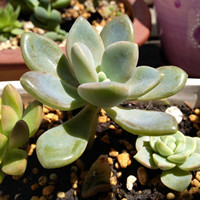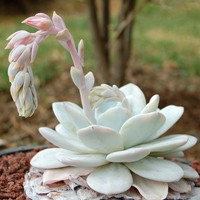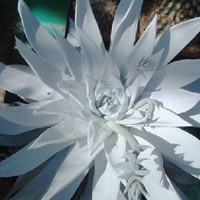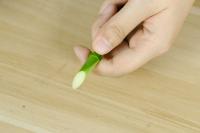How Do Cuticles Save Water in Plants?
One of the most important adaptations for plants to survive in a dry, terrestrial environment is the development of a waxy layer on their leaves, known as the cuticle. The cuticle is a hydrophobic barrier that prevents excessive water loss by limiting the movement of water molecules in and out of the leaf. In this article, we will explore the ways in which cuticles help plants save water and maintain their water balance.
The Structure of the Cuticle
The cuticle is a thin, transparent layer of lipids and wax that covers the surface of the leaf. It is made up of cutin, a polymer that is formed by the esterification of fatty acid monomers. The cuticle is composed primarily of long-chain hydrocarbons, which makes it impermeable to water and other polar molecules. The cuticle is also studded with wax crystals, which further enhances its barrier properties.
How the Cuticle Saves Water
The cuticle serves as the first line of defense against water loss in the plant. It helps conserve water by reducing the surface area available for evaporation. The waxy cuticle layer creates a barrier that slows down the movement of water molecules in and out of the leaf, which prevents excessive water loss. This is particularly crucial during periods of drought when water is in short supply.
The cuticle also helps reduce transpiration, which is the loss of water vapor from the stomata of the leaf. When the stomata are open, they allow gases such as carbon dioxide to enter the leaf for photosynthesis, but this also increases the rate of water loss. The cuticle limits the amount of water vapor that can escape from the stomata, which helps the plant maintain its water balance.
Another way in which the cuticle saves water is by reducing the absorption of water by the leaf. This may seem counterintuitive, but it makes sense when you consider that most of the water taken up by the roots of the plant is used for transpiration, rather than for growth or metabolism. By limiting the amount of water that enters the leaf through the cuticle, the plant can reduce the amount of water lost through transpiration.
Adaptations for Survival
The cuticle is just one of many adaptations that plants have developed to survive in a dry environment. Other adaptations include the development of deep root systems that can reach water sources deep underground, the closure of stomata during periods of water stress, and the ability to store water in specialized tissues such as succulent leaves and stems.
However, not all plants have the same type of cuticle. Some plants have thicker, more prominent cuticles that are adapted to dry environments, while others have thinner, more permeable cuticles that are better suited to wetter environments. Plants in arid regions such as deserts and savannas typically have thicker cuticles, while plants in wetter environments such as rainforests and swamps have thinner cuticles.
The Importance of Water Conservation
The ability to conserve water is essential for plants to survive in a dry environment. Water is crucial for many physiological processes in the plant, including photosynthesis, transpiration, and nutrient uptake. Without sufficient water, plants can become dehydrated and eventually die. Therefore, the development of the cuticle and other adaptations for water conservation is essential for the survival of plants in a terrestrial environment.
In conclusion, the cuticle is a crucial adaptation for plants to survive in a dry environment. It helps conserve water by reducing the surface area available for evaporation, limiting the movement of water molecules in and out of the leaf, and reducing transpiration. The development of the cuticle and other adaptations for water conservation is essential for the survival of plants in a terrestrial environment.

 how many times do yo...
how many times do yo... how many planted tre...
how many planted tre...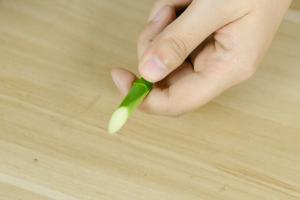 how many pine trees ...
how many pine trees ... how many pecan trees...
how many pecan trees... how many plants comp...
how many plants comp... how many plants can ...
how many plants can ... how many plants and ...
how many plants and ... how many pepper plan...
how many pepper plan...
















